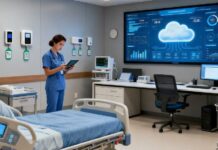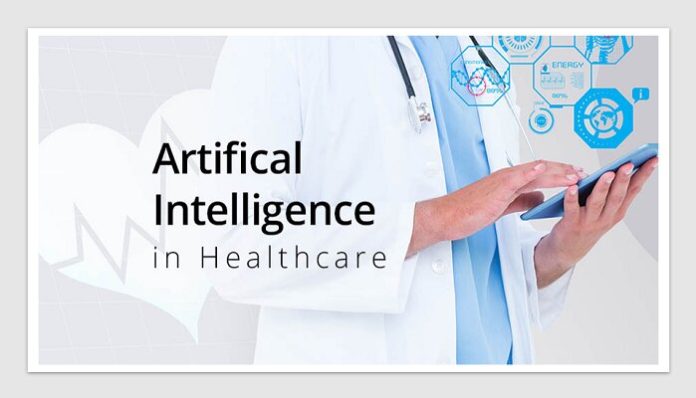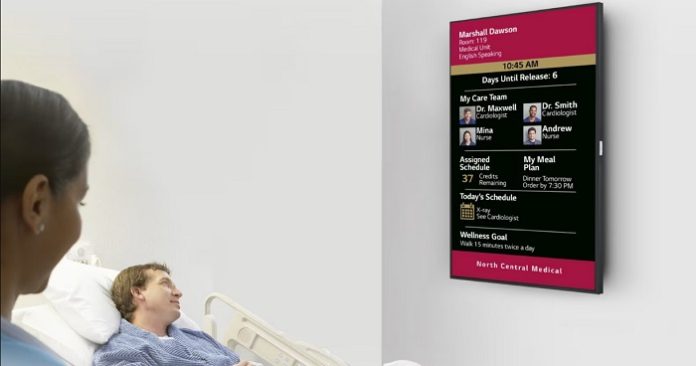Durable Medical Equipment (DME) is vital in providing essential healthcare equipment and supplies to needy patients. However, navigating the complex landscape of DME billing can be an uphill battle for healthcare providers and billing professionals. The unique nature of DME billing brings forth a range of challenges that can hinder revenue cycle management and impact the overall financial health of healthcare practices.
In this blog, we will delve into the common challenges faced in DME billing and explore effective strategies to overcome them. Whether you are a healthcare provider, a billing specialist, or an organization involved in DME billing, understanding and addressing these challenges is crucial for success in this dynamic field.
DME Billing Definition
DME billing is the process of appropriately coding and submitting claims for durable medical equipment and associated services to insurance payers to get paid for services rendered. Such activities entail sending insurance claims and invoices for supplies, prosthetics, orthotics, and other durable medical equipment. DME providers often face considerable difficulties due to the complexity of billing procedures, reimbursement guidelines, and compliance restrictions.
The Significance of Accurate DME Billing
Effective DME billing is crucial for providers to guarantee timely and correct reimbursement, preserve cash flow, and adhere to regulatory requirements. It enables healthcare providers to concentrate on providing patients with high-quality care while lowering financial risks and maximizing revenue.
Common Problems with DME Billing
Complex Requirements for Billing and Coding
DME billing involves complex coding and billing specifications that require knowledge and accuracy. Equipment, supplies, and services must be appropriately identified and given the proper codes by DME providers, considering medical necessity and eligibility requirements.
Limited Knowledge of Reimbursement Procedures
It can be challenging for DME providers to stay on top of the constantly evolving reimbursement laws and regulations. Successful reimbursement requires understanding various payers’ unique coverage restrictions, paperwork needs, and billing practices.
Ineffective Claims Processing and Denial Handling
Reimbursements may be delayed or rejected due to ineffective claims management procedures. DME providers must simplify claims filing, follow-up, and rejection management processes to maximize reimbursement rates and lower revenue loss.
Adherence to Evolving Rules and Regulations
Health Insurance Portability and Accountability Act (HIPAA), Centers for Medicare and Medicaid Services (CMS) rules, and other payer-specific procedures must all be followed when billing for DME. Compliance with these rules is crucial for staying current and taking the required precautions.
Requirements for Proof of Identification and Medical Necessity
Successful DME billing depends on accurate documentation and proof of medical necessity. Claim delays and denials might result from insufficient or lacking documentation. DME providers must implement efficient document management systems and educate healthcare professionals on proper documentation procedures.
Inadequate Education and Training
Billing and coding errors, denials, and compliance problems might result from inadequate training and instruction in these areas. Billing accuracy and effectiveness can be increased by spending money on staff training and education regarding code updates, payer criteria, and documentation needs.
A DME Billing Services company such as ACU-Serve can help streamline your billing process, maximize reimbursements, ensure compliance, access unparalleled expertise, and focus on what truly matters – your patients.
Technology Restrictions and Integration Problems
Ineffective billing procedures can be improved by upgrading outdated or unsuitable billing software and equipment. DME providers should invest in cutting-edge billing systems that work with electronic health records (EHRs) to expedite operations and make it easier to code correctly, submit claims, and track reimbursements.
Coordinating and Communicating with Other Parties
Smooth billing procedures depend on effective coordination and communication between DME providers, healthcare professionals, payers, and patients. Billing errors can be avoided by fostering collaboration, opening communication channels, and responding to queries or concerns.
Delays in Payment and Cash Flow Management
Delays in reimbursement may affect the cash flow and stability of DME providers’ finances. Effective revenue cycle management procedures help minimize reimbursement delays and improve cash flow. These procedures include timely claim submission, correct coding, and rapid follow-up on unpaid claims.
Risks Related to Audits and Compliance
Government organizations and payers are liable for audits and compliance checks on DME billing. Providers must proactively conduct internal audits, develop compliance processes, and maintain accurate records to reduce risks and guarantee compliance with regulatory requirements.
Taking Care of Various Payers and Billing Systems
DME providers frequently deal with multiple payers with independent billing procedures and specifications. Managing these various systems and guaranteeing proper billing across several platforms can be difficult. This procedure can be streamlined by purchasing billing software or outsourcing billing services.
Key Performance Indicators Monitoring
Regular monitoring and reporting on key performance indicators, including reimbursement rates, denial rates, and days in accounts receivable, are imperative to find areas for improvement in DME billing procedures. Implementing dashboards and reporting systems can offer insightful data for performance management.
Staff Churn and Resource Distribution
High worker turnover can cause disruptions in billing procedures and gaps in knowledge. DME providers should prioritize keeping knowledgeable billers on staff to ensure effective knowledge transfer. Furthermore, maintaining efficiency requires allocating adequate resources and workforce levels for billing processes.
Dealing with Patient Billing and Collections
For DME providers, navigating patient billing and collections can be difficult. Improve patient happiness and financial outcomes by creating clear and transparent billing procedures, educating patients about their insurance coverage and payment options, and implementing efficient collection tactics.
Addressing Concerns About Fraud and Abuse
DME billing is susceptible to fraud and abuse, which could negatively affect reputation and legal repercussions. These risks can be reduced by implementing fraud prevention systems, performing regular internal audits, and upholding compliance requirements.
Take DME Billing Action Today
DME billing involves several difficulties that must be handled with forethought and strategy. DME providers can overcome these obstacles and enhance their billing processes by addressing coding complexity, keeping up with reimbursement guidelines, implementing effective claims management procedures, and encouraging stakeholder participation.


























